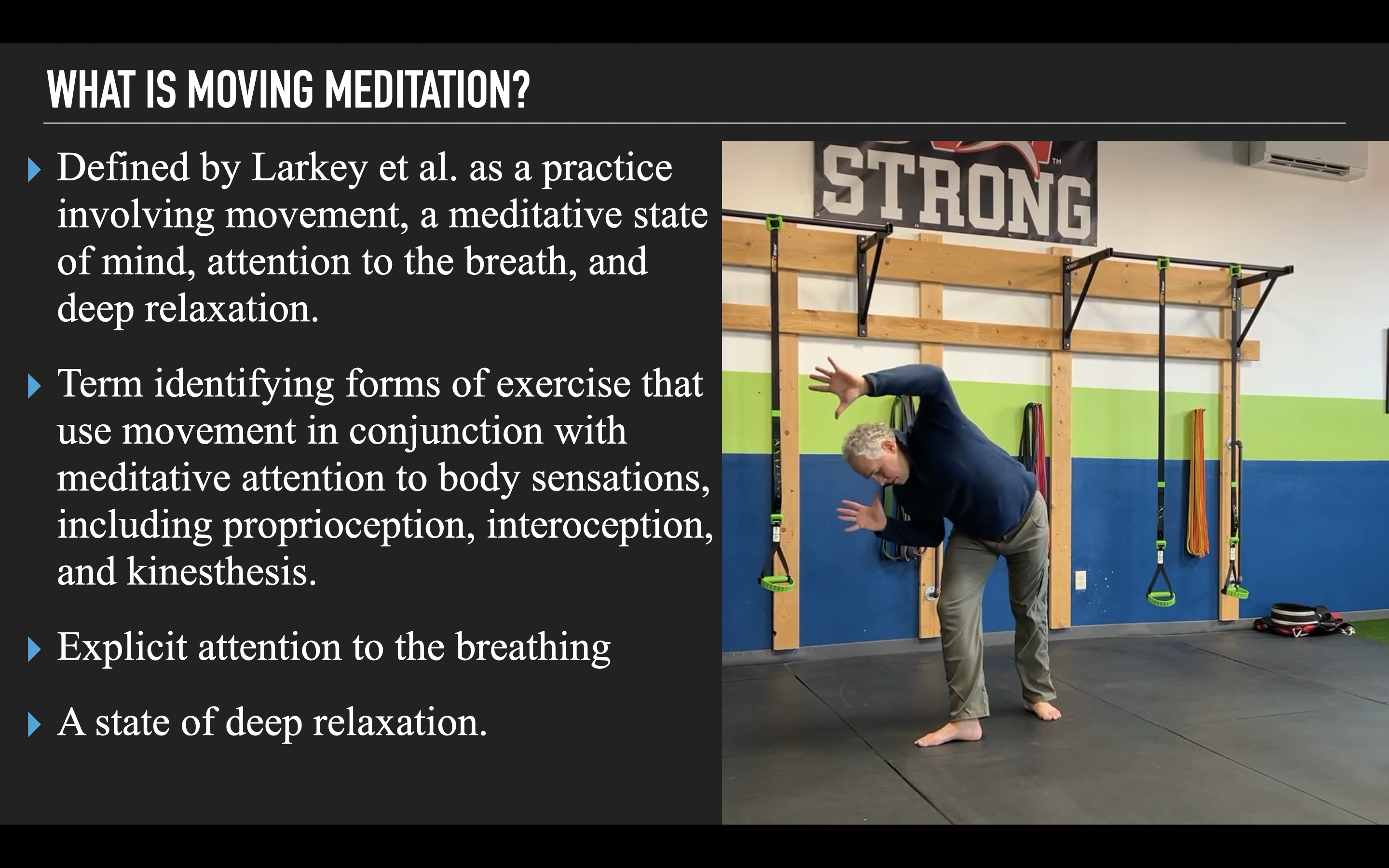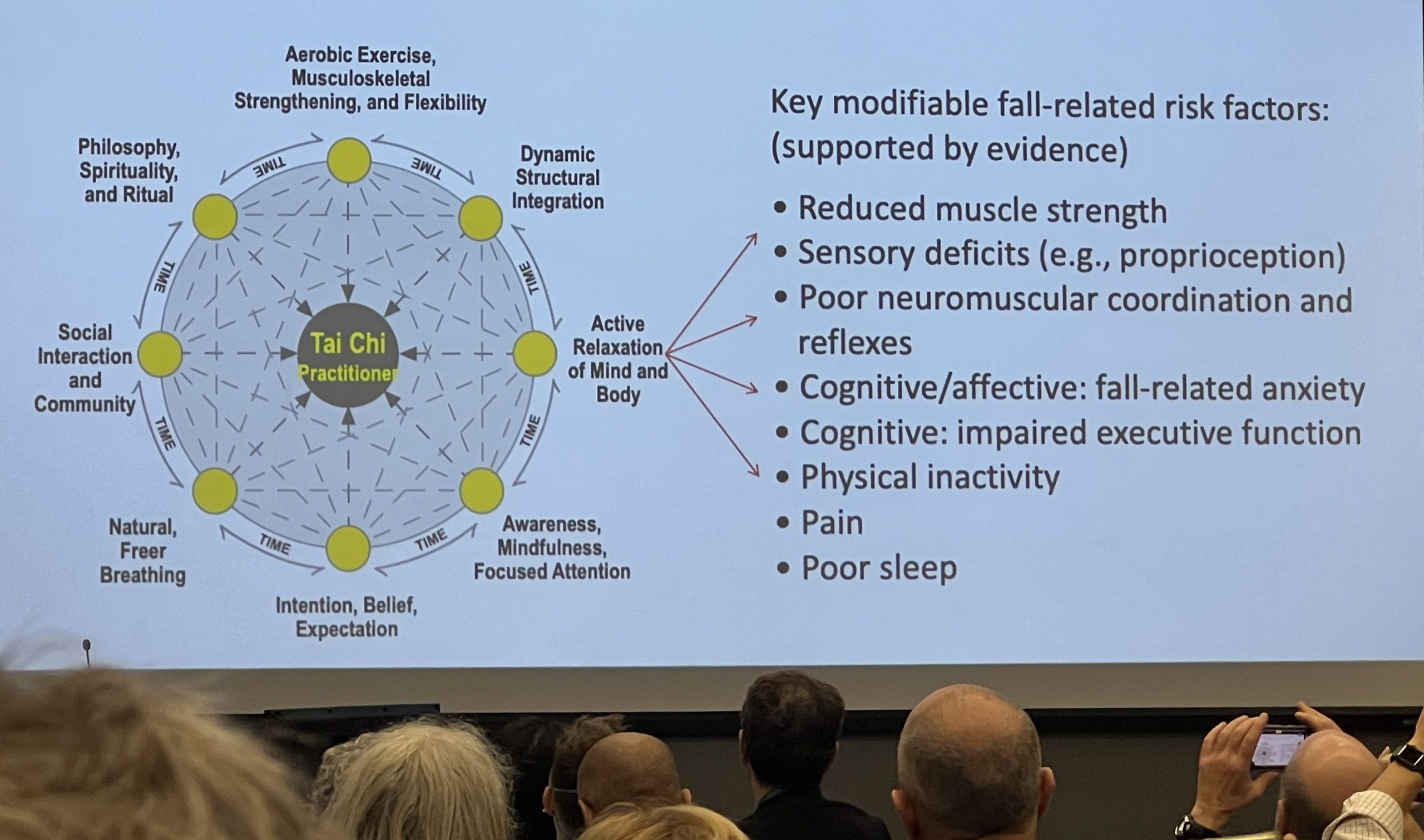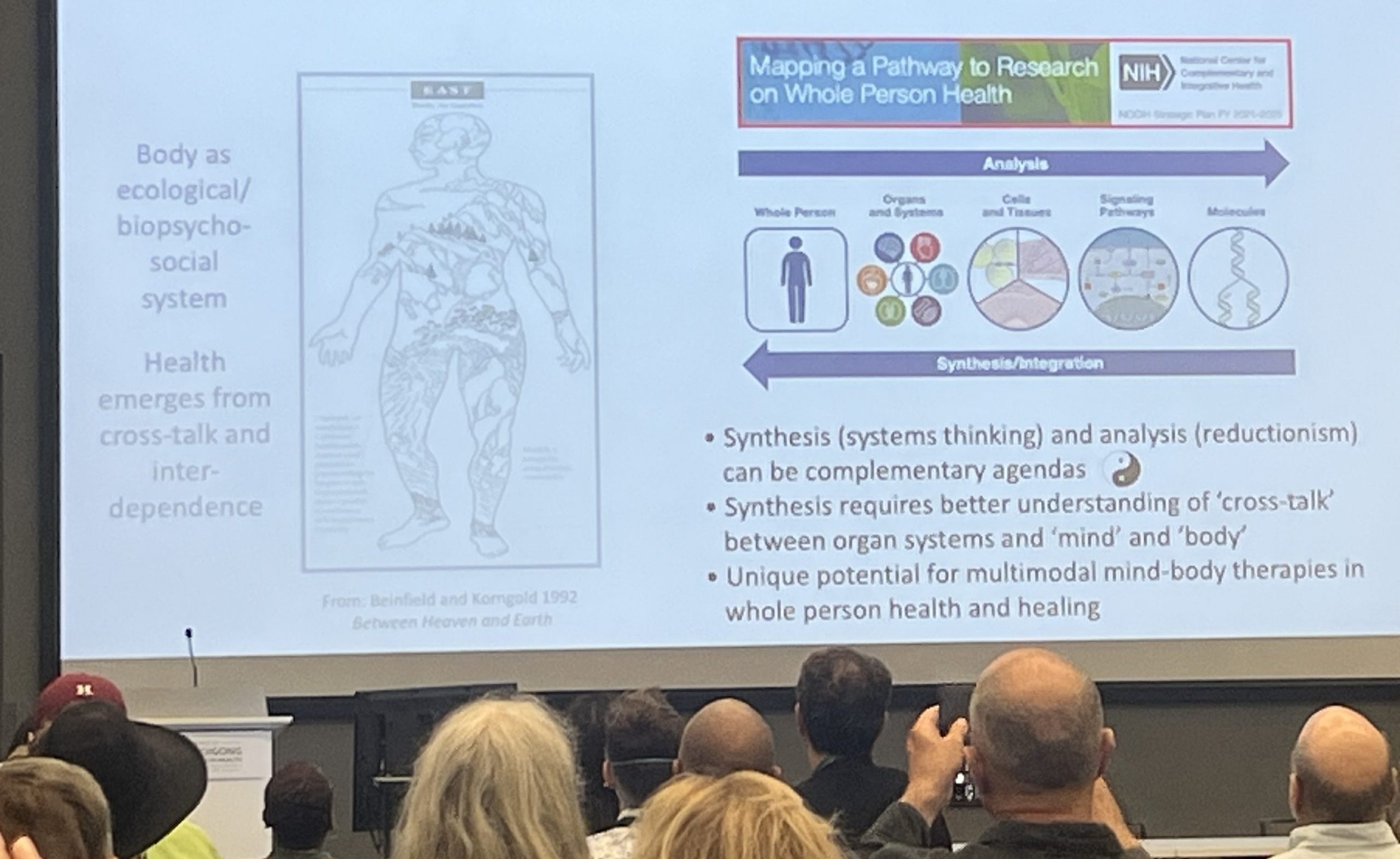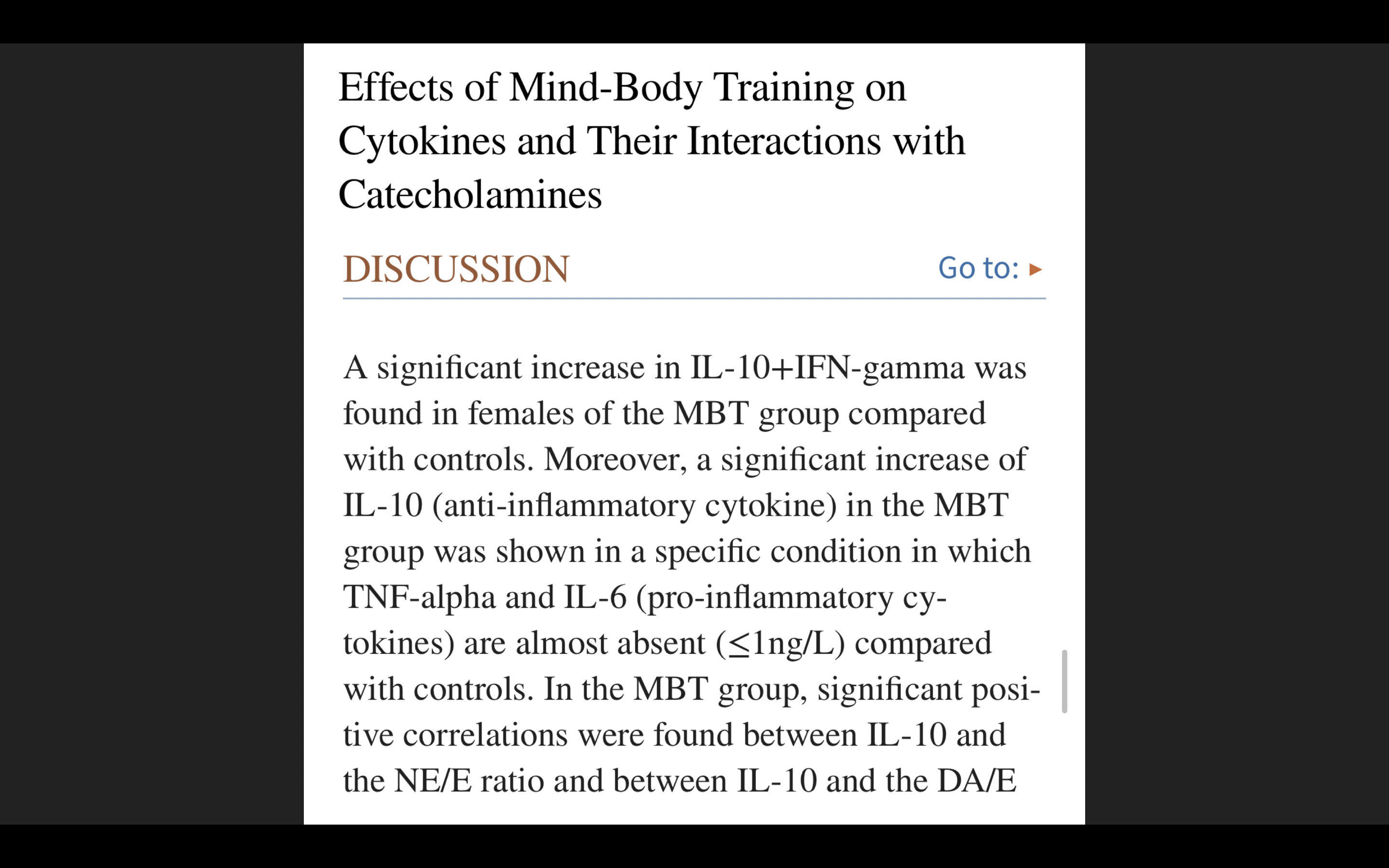The Key to Unlocking Better Mobility, Flexibility, and Pain Relief Beyond Stretching
2024-10-22
When it comes to improving flexibility, mobility, and reducing aches and pains, many people turn to traditional static stretching. While stretching can certainly help lengthen muscles and improve range of motion, it often falls short of addressing the deeper issues that contribute to pain, stiffness, and limited mobility. Enter meditative movement practices like our Myofascial Integrated Movement program which offer a more holistic approach to movement and flexibility, incorporating not just physical stretches but also breath control, mental focus, and flowing motion.

Why Meditative Movement is More Effective Than Just Stretching
Traditional static stretching—where you hold a position for an extended period to stretch a particular muscle—has its benefits, but it largely focuses on the physical body in isolation. Meditative movement practices, on the other hand, combine mind, body, and breath, making them far more effective for lasting improvements in mobility, flexibility, and pain relief. Here’s why:
1. Integration of Mind and Body Awareness
One of the key principles that differentiate meditative movement from stretching is mind-body awareness. Practices Myofascial Integrated Movement emphasize tuning into the sensations of the body, being present in the moment, and aligning movement with breath. This connection between the mind and the body helps practitioners become more aware of how they move and hold tension, which is a crucial element in improving flexibility and reducing pain.
- Stretching typically focuses on the physical aspects alone, often ignoring the role of mental tension or stress in muscle tightness.
- In contrast, meditative movement teaches us to consciously release physical and mental tension, leading to deeper, more effective stretches.
When you bring mindful awareness to your movement, you’re not just stretching muscles—you’re engaging the nervous system, helping it recalibrate and allowing the body to relax into greater ranges of motion.

While attending Harvard Medical School symposium on whole person health discussed A LOT of research about how meditative movement practices yielded a higher range of benefits than we often think.
2. Movement Through Multiple Planes of Motion
Static stretching tends to isolate one muscle group at a time, often in a singular plane of motion (forward and backward). While this can improve flexibility in certain areas, it doesn’t reflect how we move in everyday life.
Myofascial Integrated Movement, however, incorporate dynamic, multi-planar movements, which mimic real-world movement patterns. By moving in different directions—side to side, twisting, and rotating—these practices improve functional mobility, the kind you need for daily activities like bending, twisting, and reaching.
View this post on Instagram
These multi-dimensional movements are essential for building better mobility because they train your body to move comfortably in all directions, reducing the risk of injury and increasing overall flexibility.
3. Breath-Body Synchronization for Deeper Relaxation
One of the most powerful elements of meditative movement is the synchronization of breath with movement. This intentional breathing enhances flexibility and mobility in ways that traditional stretching cannot.
- Stretching often neglects the importance of breath, leading people to hold their breath or breathe shallowly, which can actually increase muscle tension.
- Meditative movement, however, teaches practitioners to breathe deeply and rhythmically, which sends signals to the nervous system to relax. This reduces muscle tension, allowing for deeper and more comfortable stretching.
For example, in yoga, the connection between deep diaphragmatic breathing and movement helps release physical tension, making it easier to stretch into postures without forcing the body. Tai chi and qigong emphasize similar principles, with each movement flowing with the breath, creating a sense of ease that enhances flexibility without strain.
View this post on Instagram
4. Targeting Fascia for Improved Flexibility and Pain Relief
One of the reasons meditative movement can provide greater relief from pain and stiffness than stretching alone is its focus on the fascia—the connective tissue that surrounds muscles, organs, and joints. Fascia plays a crucial role in flexibility, mobility, and pain, but it often becomes tight, stiff, or stuck due to poor posture, stress, and lack of movement.
- Static stretching may lengthen muscles temporarily but doesn’t effectively target the fascia.
- Myofascial Integrated Movement uses slow, continuous movements and deep breathing, which help to hydrate and release tension in the fascia, promoting greater flexibility and reducing pain.
By addressing the connective tissue as well as the muscles, meditative movement provides more lasting improvements in range of motion and helps to release deep-seated tension that static stretching often misses.

5. Improving Joint Health and Longevity
Meditative movement practices are excellent for improving joint health, particularly because they emphasize gentle, fluid movements that reduce stress on the joints while still promoting flexibility.
- Stretching can sometimes place undue stress on the joints, particularly if done improperly or too aggressively.
- Myofascial Integrated Movement focuses on alignment and controlled movement, which helps protect the joints while increasing range of motion. These practices promote joint lubrication, circulation, and flexibility, keeping the joints healthy and reducing wear and tear over time.
Meditative movement practices have a long history of helping BIG issues like fibromyalgia, all sorts of arthritis, and chronic pain while also improving spinal flexibility and joint health.
6. Stress Reduction and Its Impact on Mobility
Mental and emotional stress is a major contributor to muscle tightness, aches, and limited mobility. Stretching, while beneficial, doesn’t address the root causes of stress in the same way meditative movement does.
- Myofascial Integrated Movement is deeply rooted in mindfulness and relaxation techniques, helping to calm the nervous system and reduce the body’s production of stress hormones like cortisol. Lower stress levels lead to less overall muscle tension, which in turn allows for better flexibility and mobility.
By reducing stress, meditative movement not only improves your physical range of motion but also alleviates the aches and pains that come with chronic tension.

Research shows such training is actually anti-inflammatory
A Holistic Approach to Movement
While static stretching has its place in fitness routines, meditative movement practices like what we show in Myofascial Integrated Movement Training offers a far more comprehensive approach to improving flexibility, mobility, and overall well-being. These practices integrate mind-body awareness, breath control, and functional movements, addressing not just the muscles but the fascia, joints, and nervous system as well.
Incorporating meditative movement into your routine will help you unlock deeper flexibility, reduce pain, and build a more resilient, mobile body that’s better equipped to handle the demands of daily life. So if you’ve been relying solely on static stretching, it’s time to take your movement practice to the next level with MIM—and experience the profound benefits these practices have to offer!
Our Fascia Fitness 2-week Coach’s Corner starts NEXT Tuesday September 23rd! Don’t miss it and you can still save 15% with code “coach15” HERE
© 2026 Ultimate Sandbag Training. Site by Jennifer Web Design.







